Netflix is putting a new spin on the old Gamebook genre.
Today the company announced that it’s launching an all-new interactive format that ultimately turns viewers into legitimate storytellers. In comparison to standard television, these so-called interactive shows put the viewers in charge, letting them dictate each choice and direction the story takes.
Two first two interactive shows that will be available on Netflix are Puss in Book: Trapped in an Epic Tale and Buddy Thunderstruck: The Maybe Pile. Puss in Book launches globally today, with Buddy Thunderstruck slated to make its debut a month from now on July 14.
The new experience will be available on most television setups and iOS devices....



 Your new post is loading...
Your new post is loading...

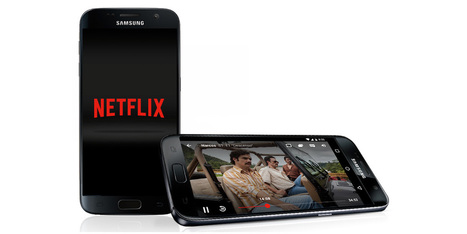


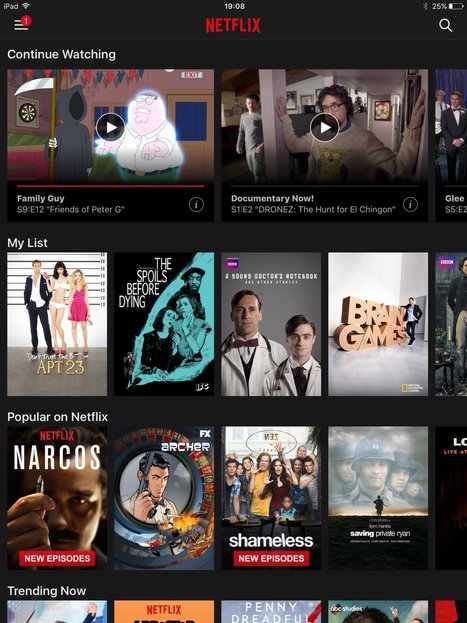
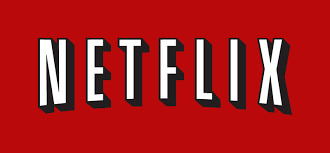
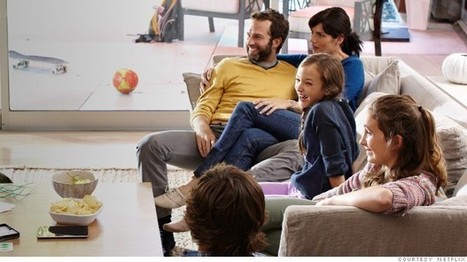
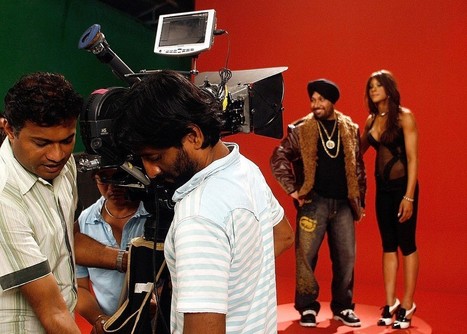
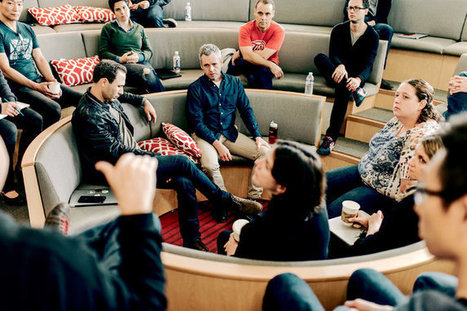
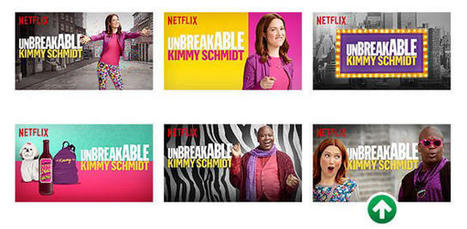





Netflix is putting a new spin on the old Gamebook genre with its all-new interactive shows that put viewers in charge of the story.